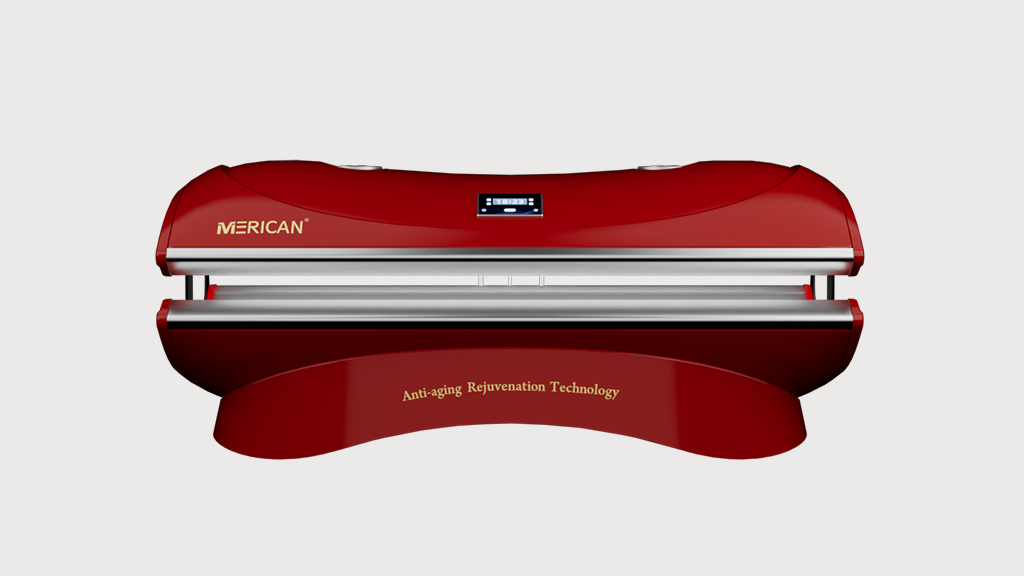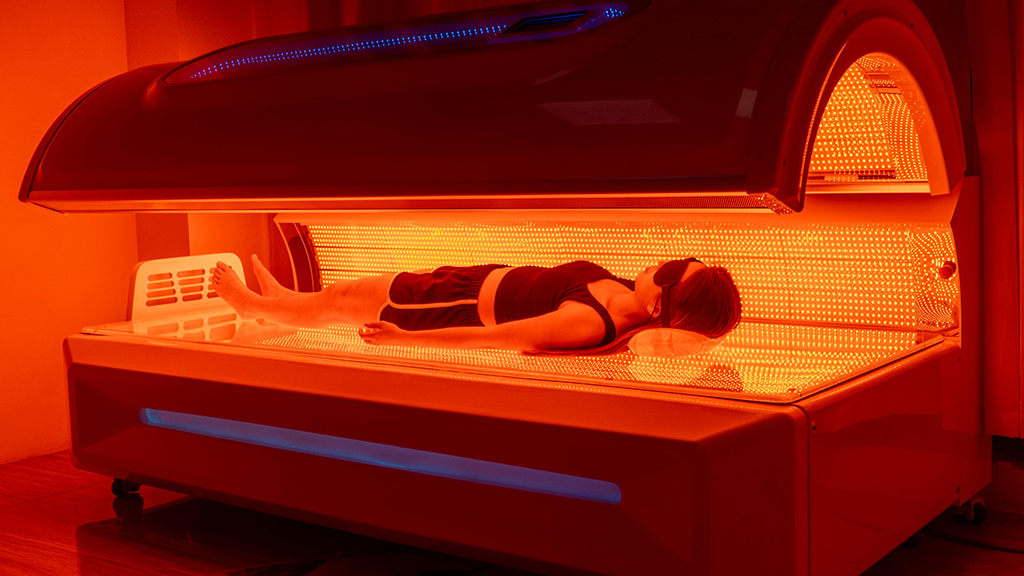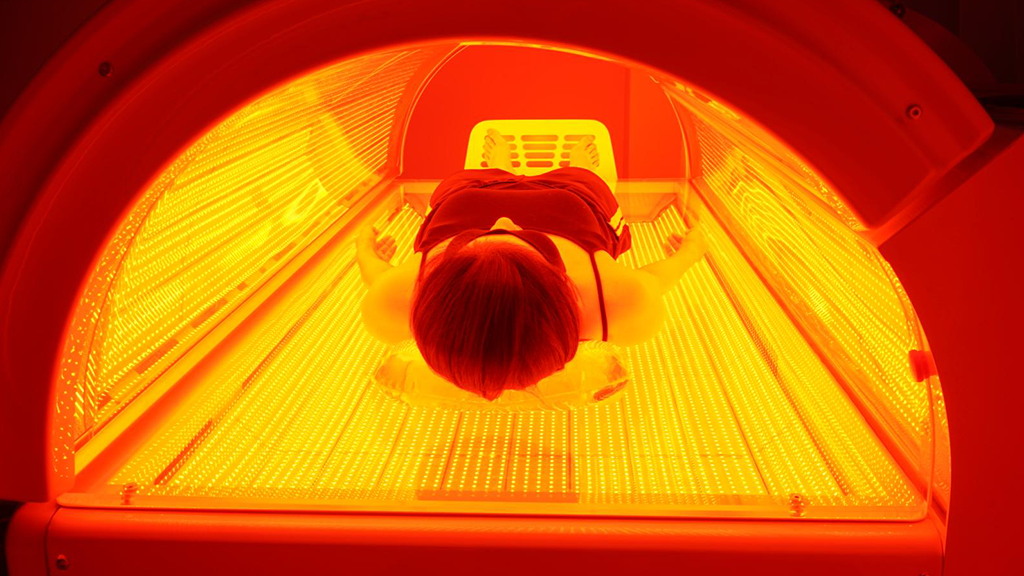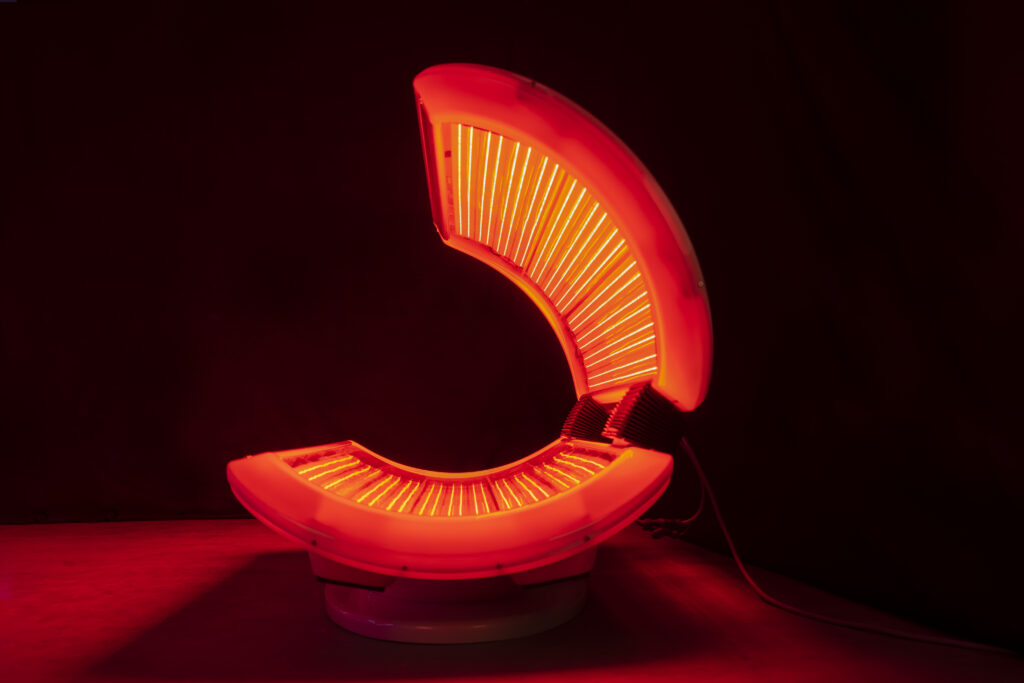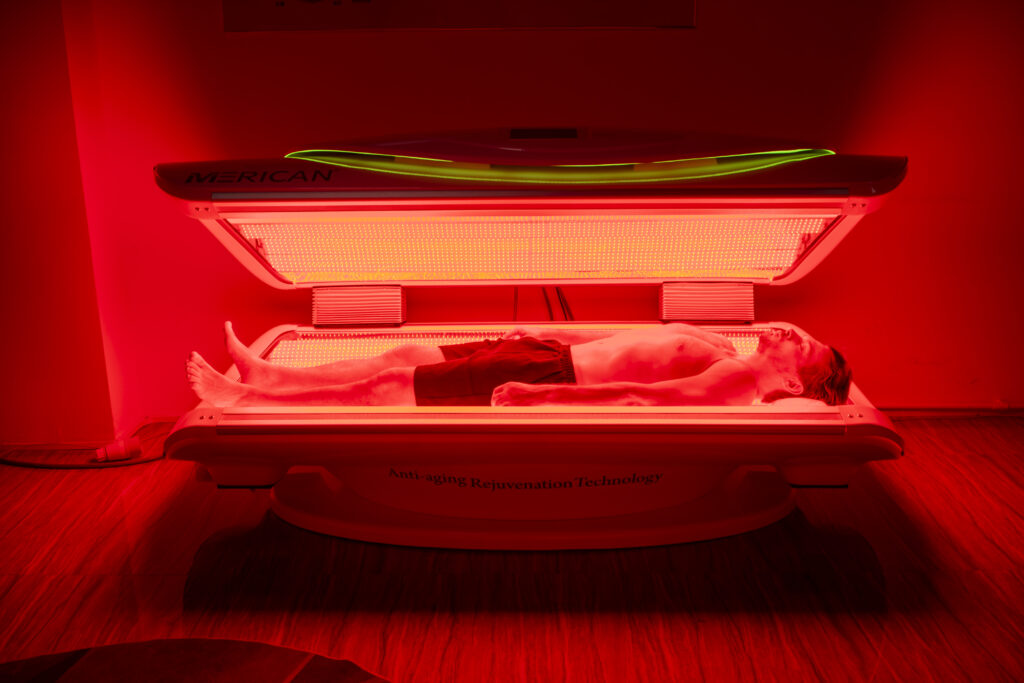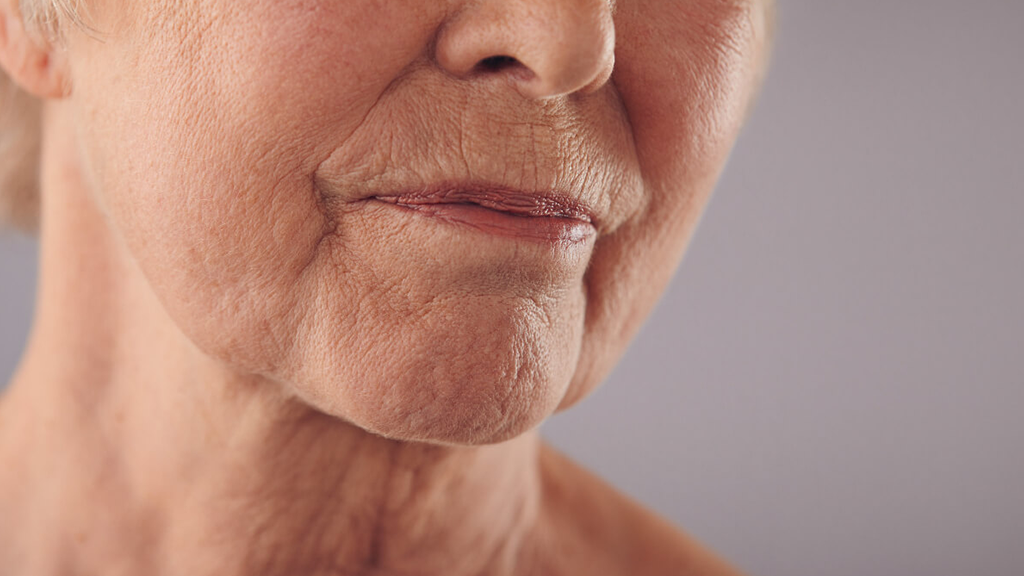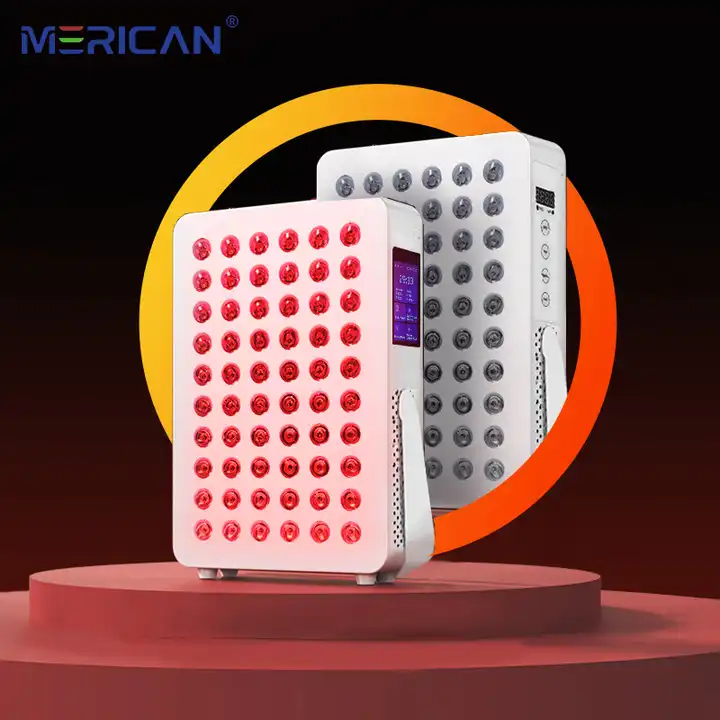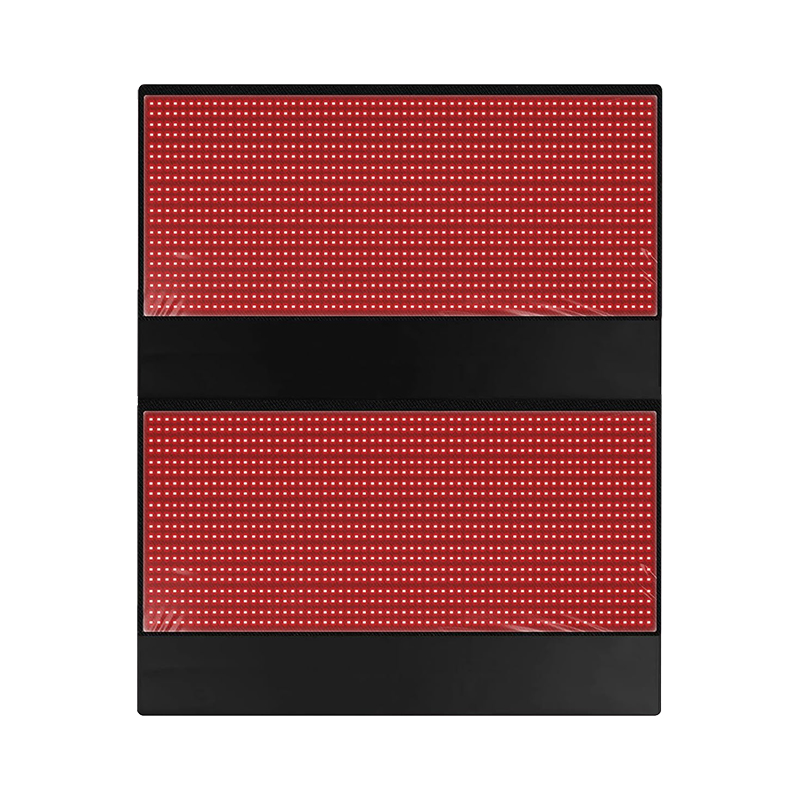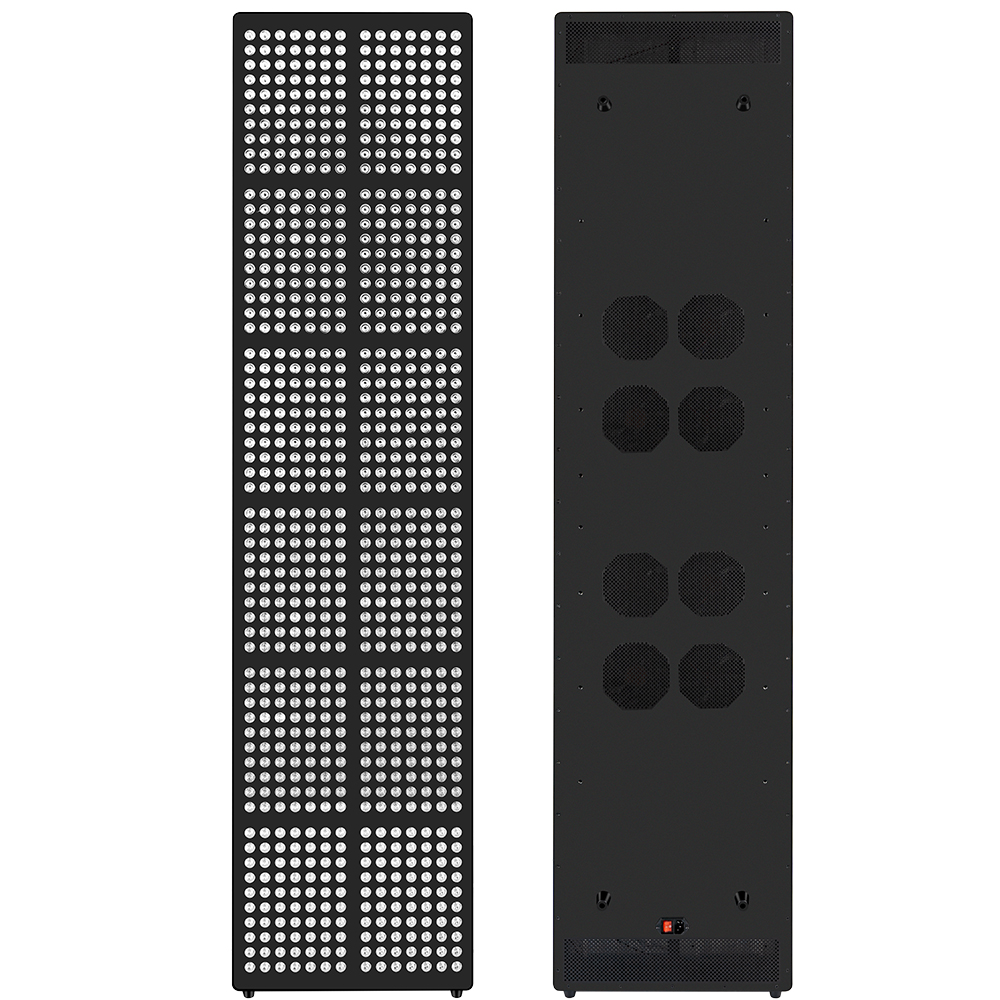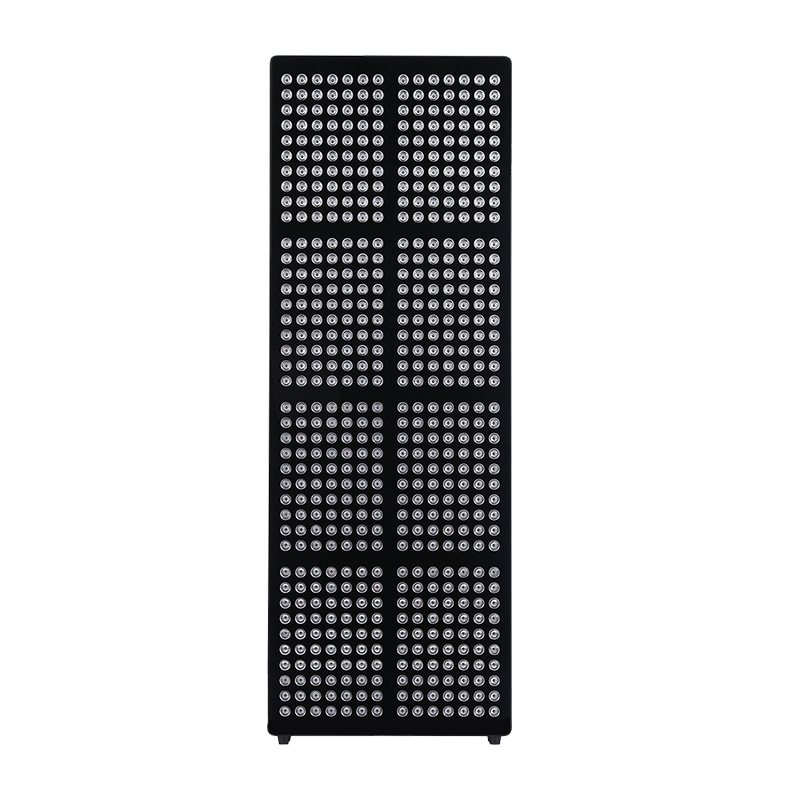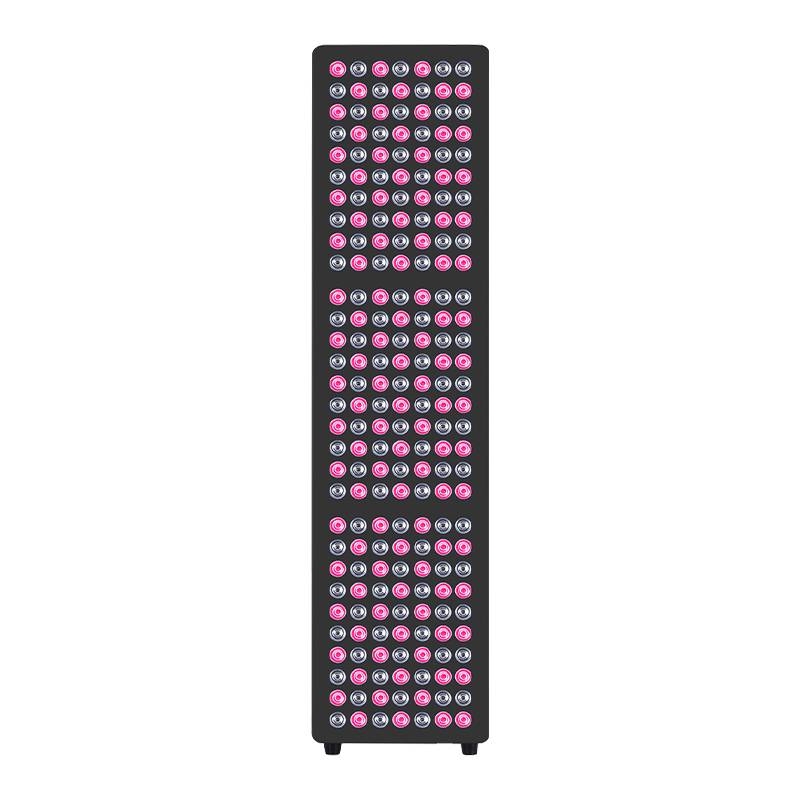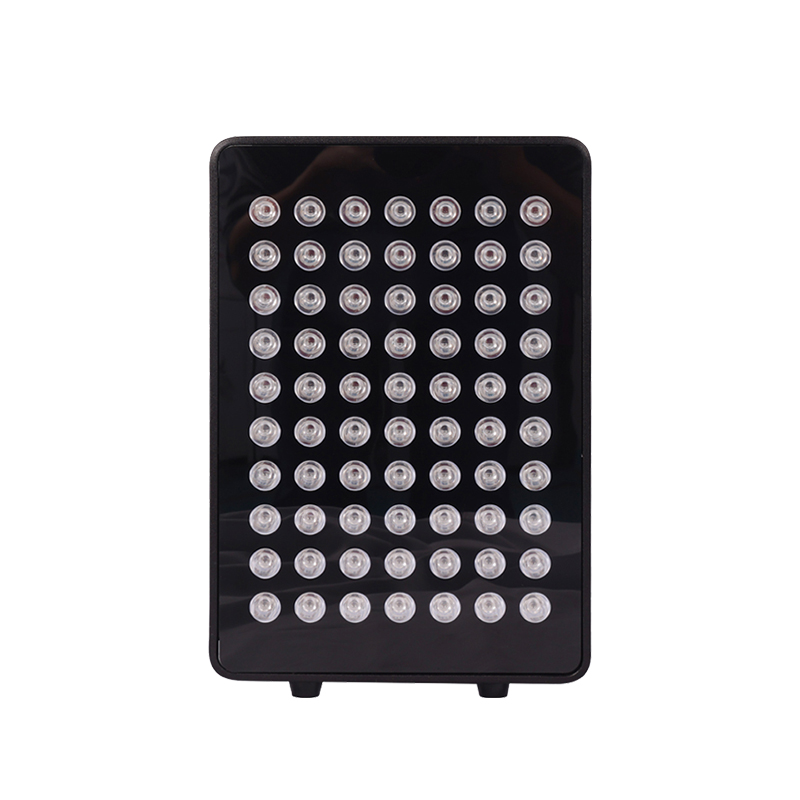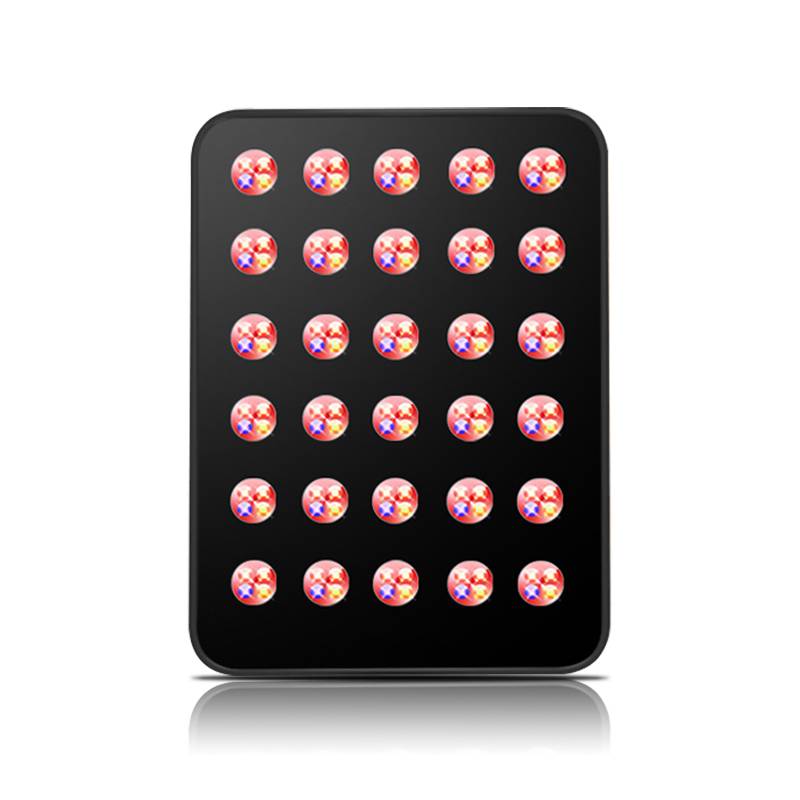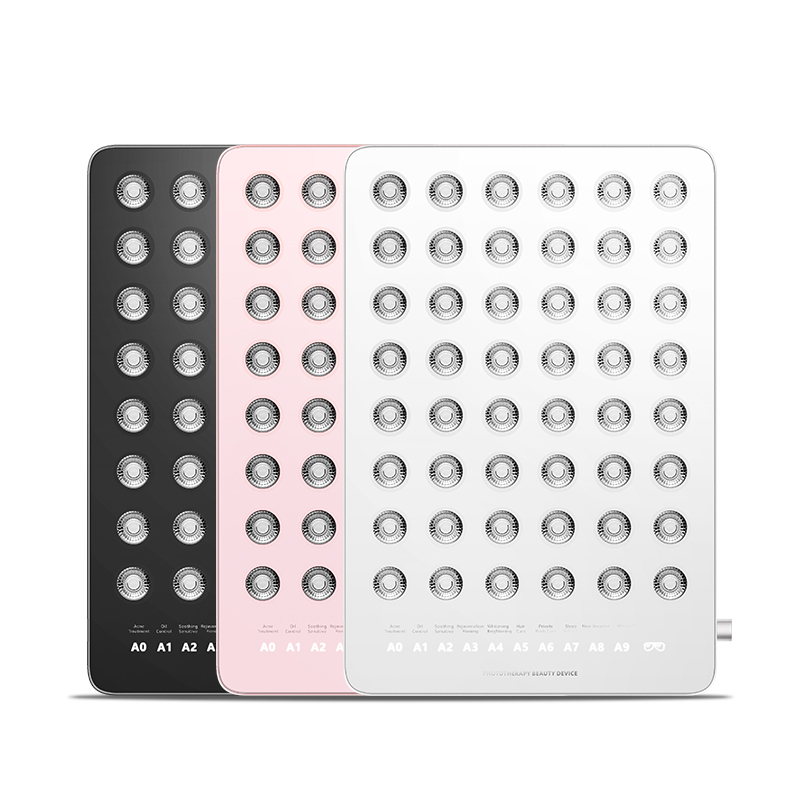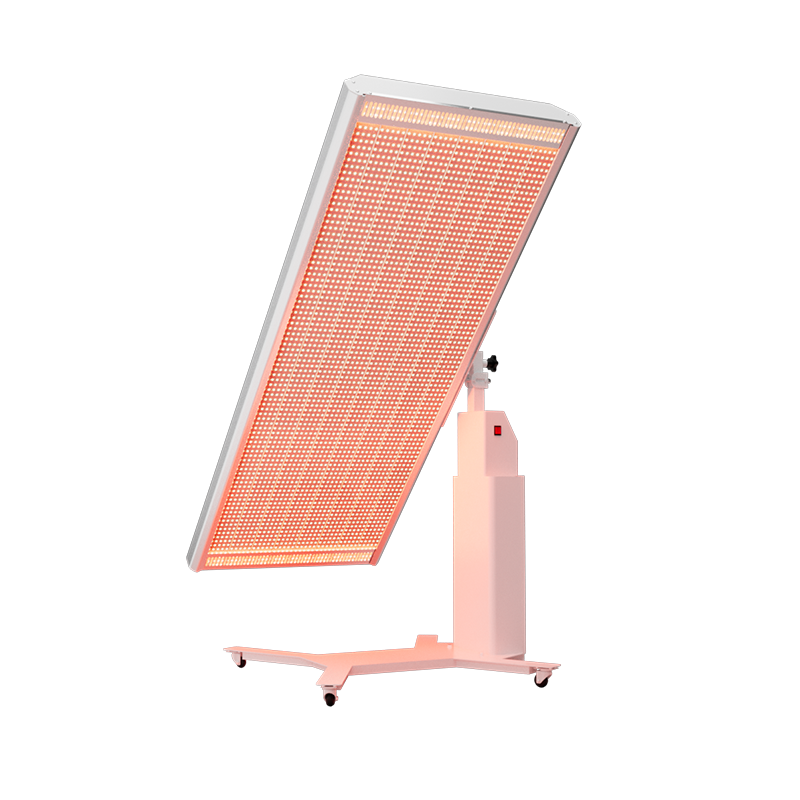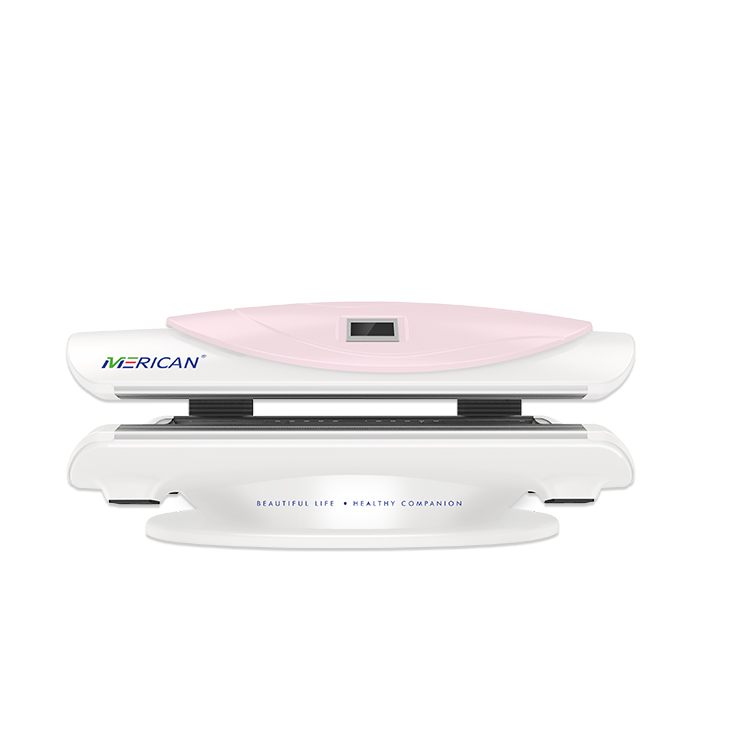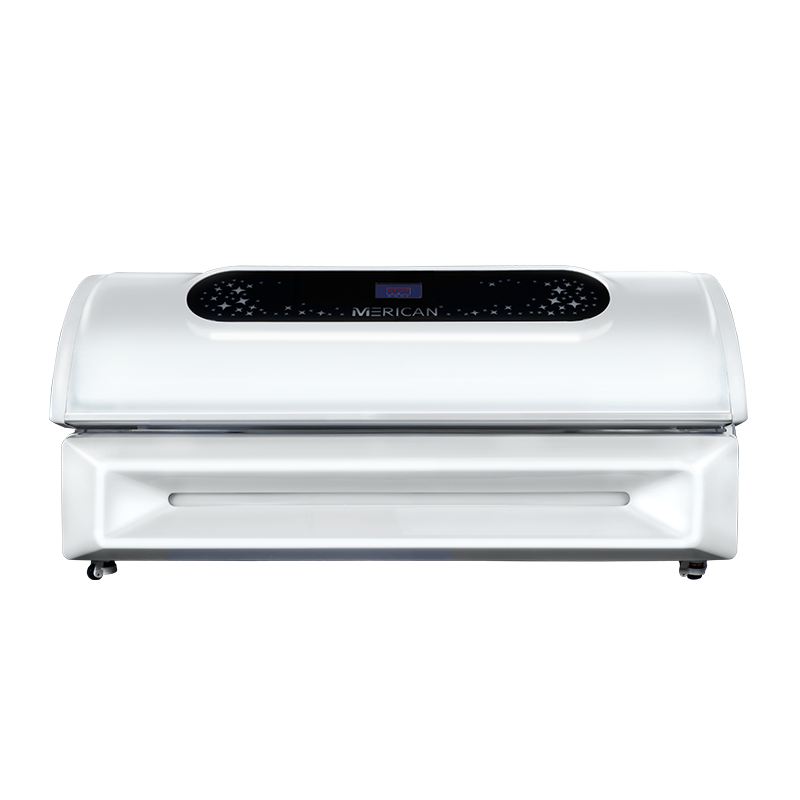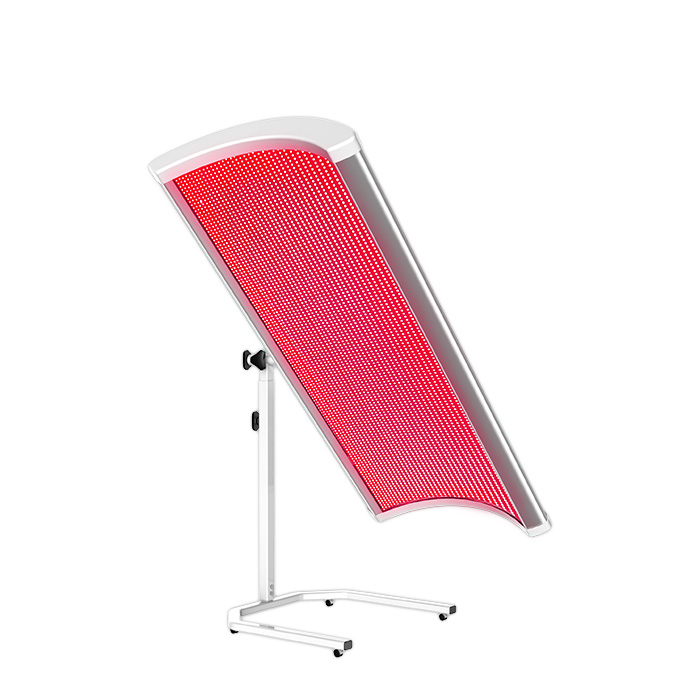What Is Red Light Therapy and How It Works in the Brain
赤色光療法 (RLT)—also called photobiomodulation—uses low-level red or near-infrared light (620–850 nm) to stimulate biological processes in the body.

RLT boosts energy production in cells by activating mitochondria, の “powerhouse” of the cell. This leads to more ATP (細胞エネルギー), which helps repair and stabilize nerve function.
How does it affect the brain?
When applied to the head, red light can penetrate the skull and reach brain tissue. Research suggests it may:
- Improve cerebral blood flow
- Reduce neuroinflammation
- Support neuron recovery
- Balance overactive pain pathways
These effects are especially relevant for migraine sufferers, whose headaches are often linked to brain energy deficits and inflammation.
By targeting the brain’s underlying stress factors, red light therapy may help reduce migraine frequency and intensity—without medication.
Understanding Migraines
Migraines are a complex neurological disorder marked by recurring attacks of moderate to severe head pain, often accompanied by sensory disturbances.
Unlike common tension headaches, migraines involve abnormal brain activity that affects both the central nervous system and cranial blood vessels. They are now recognized as a disorder of brain networks, particularly involving the brainstem, cortex, and trigeminovascular system.
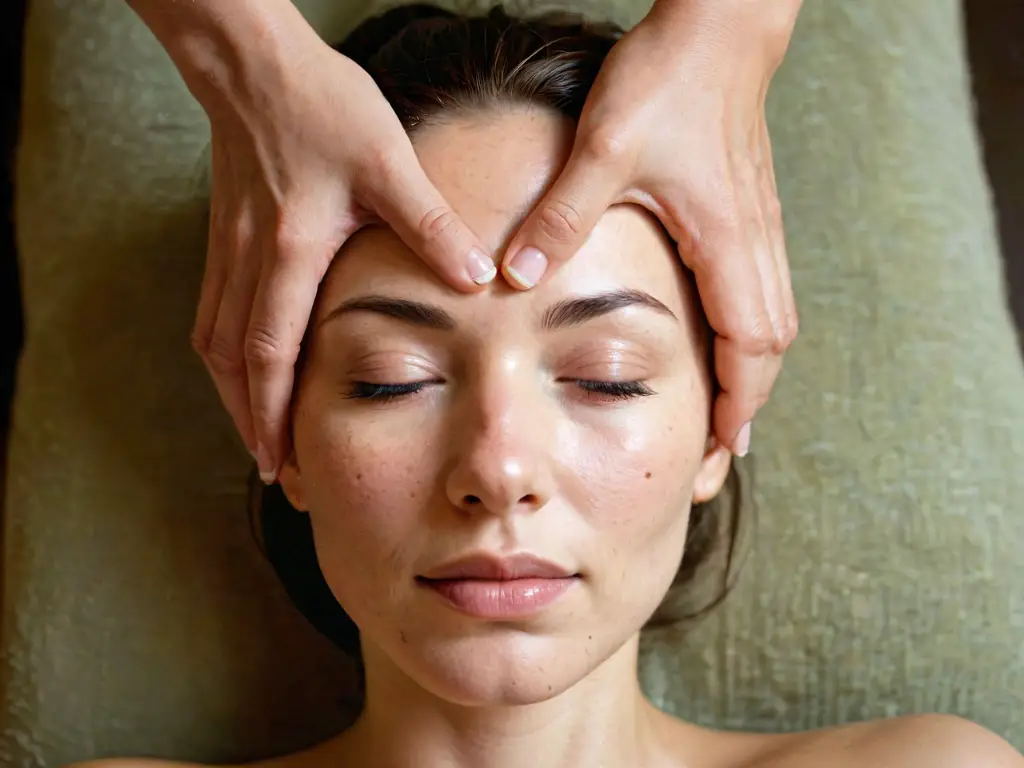
Common Triggers
Migraine attacks are often set off by a combination of environmental, physiological, and behavioral factors, 含む:
- Stress and emotional changes: Cortisol fluctuations can disrupt neural stability.
- Hormonal shifts: Especially fluctuations in estrogen, which affect brain excitability.
- Sleep disruption: Both lack and excess of sleep alter cortical arousal thresholds.
- Dietary factors: Aged cheese, アルコール (especially red wine), MSG, and caffeine withdrawal.
- Sensory stimuli: Bright lights, loud noise, or strong smells can overload the sensory cortex.
These triggers affect neurotransmitters like serotonin and CGRP, which regulate brain vascular tone and nociceptive signaling.
Core Symptoms
Migraine symptoms typically follow four clinical phases:
- Prodrome: Subtle signs like fatigue, yawning, food cravings, and neck stiffness.
- Aura (in some patients): Visual flashes, blind spots, or sensory distortions caused by cortical spreading depression.
- Attack: Throbbing headache (often unilateral), 吐き気, photophobia, and phonophobia.
- Postdrome: Exhaustion, difficulty concentrating, そして “brain fog” due to lingering neural fatigue.
Brain Involvement and Impact
Neuroimaging reveals structural and functional changes in chronic migraine patients, including reduced gray matter volume in pain-modulating areas like the insula and anterior cingulate cortex.
時間とともに, frequent attacks can impair cognitive performance, emotional regulation, and overall brain resilience. Recognizing migraine as a brain-centered disorder is key to developing effective, targeted therapies.
How Red Light Therapy May Help Relieve Migraines
The question of does red light therapy help migraines is increasingly supported by emerging mechanistic and clinical evidence.

Below are five evidence-based ways it may support migraine relief:
1. Improved Mitochondrial Function in Brain Cells
Red light penetrates the scalp and stimulates cytochrome c oxidase in mitochondria, enhancing ATP production. Since migraineurs often show signs of impaired mitochondrial metabolism, this cellular energy boost can help stabilize neuronal activity and reduce migraine susceptibility.
2. Reduced Neuroinflammation
Migraines are linked to inflammation in the trigeminal nerve and surrounding brain tissue. RLT has been shown to decrease the expression of pro-inflammatory cytokines (例えば, TNF-α, IL-1β) and increase anti-inflammatory markers, potentially alleviating migraine-related inflammation.
3. Regulation of Cortical Excitability
One migraine trigger is cortical spreading depression (CSD), a wave of hyperactivity followed by suppression in the brain’s cortex. Red light therapy may help modulate cortical excitability by stabilizing neuronal membrane potentials and reducing oxidative stress, thereby lowering the likelihood of CSD onset.
4. Enhanced Cerebral Blood Flow
Near-infrared wavelengths improve nitric oxide release, which dilates blood vessels and enhances oxygen delivery to the brain. This can help prevent the vasoconstriction-vasodilation cycle associated with migraine headaches.
5. Modulation of Pain Pathways
Red light therapy may downregulate activity in the trigeminovascular system, which is central to migraine pathophysiology. It may also increase endorphin release and influence serotonin levels, both of which contribute to reduced pain perception.
How to Use Red Light Therapy for Migraine Relief
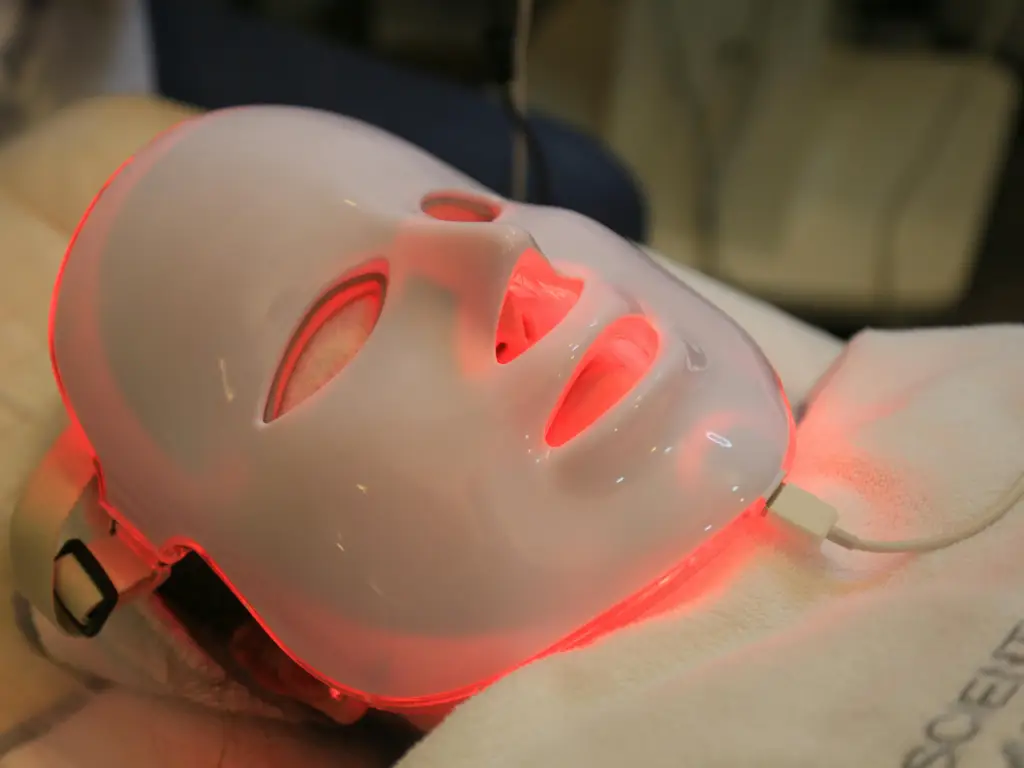
Recommended Parameters
- 波長:
660nm (赤信号): Good for surface-level treatment.
810–850nm (近赤外線): Penetrates deeper, ideal for targeting the brain.
- 電力密度: 20–100 mW/cm²
- セッション期間: 5–20分
- 頻度: 1–2 sessions per day for chronic sufferers; evaluate effect after 2–4 weeks
Best Device Types
| デバイスの種類 | 説明 | 長所 | 短所 |
| Headbands | Wearable, targets forehead/temples | Hands-free, brain-targeted | May have weaker LEDs |
| フェイスマスク | Covers whole face | Multi-benefit (肌 + 痛み) | Not focused solely on brain |
| Wand Devices | Handheld, direct application | Portable, targeted use | Time-consuming |
Recommended Devices for Migraine Relief
レッドライトセラピーベッド M4: 11,616 LED, 1.2 kW, dual wavelengths (660 nm & 850 nm), touchscreen control, Bluetooth audio.
こんな方に最適: Home use targeting the head area to relieve migraines and improve brain energy metabolism.
Light Therapy Bed M5N:Customizable wavelengths, Wi‑Fi/LCD control, advanced cooling system.
こんな方に最適: Clinics needing flexible, professional-grade treatment options.
LED光療法ベッド M6N: 5-wavelength coverage, 深部組織への浸透, tablet control, high output.
こんな方に最適: Medical or rehab centers treating neurological migraines.
使用ガイドライン
- Start slow: 5–10 minutes per session, once a day.
- Observe effects: Improvement may appear after 2–4 weeks of consistent use.
- Avoid eye exposure: Always wear protective glasses.
- Sensitive skin or light sensitivity? Start with shorter sessions and monitor carefully.
- 進捗状況を追跡する: Use a headache diary to correlate therapy with symptom relief.
レッドライトセラピー vs. Other Natural Migraine Treatments
Comparing red light therapy with other non-pharmacological migraine interventions provides insight into its relative effectiveness and positioning within a broader treatment strategy.
| Treatment Modality | 機構 | Evidence Level | 制限事項 |
| レッドライトセラピー | Cellular energy enhancement, anti-inflammation, neurovascular modulation | Growing (clinical + preclinical) | Requires regular use; cost barrier for high-end devices |
| 鍼 | Modulation of nerve pathways and endogenous opioids | 適度 | Practitioner-dependent |
| Magnesium Supplementation | NMDA receptor modulation, mitochondrial support | Strong for deficiency-related migraine | Limited effect if magnesium levels are normal |
| Biofeedback | Autonomic nervous system regulation | 適度 | Requires training and time investment |
| Cold/Heat Therapy | Temporary sensory distraction | Low | Symptomatic relief only |
Unlike surface-level interventions, red light therapy potentially addresses deeper mitochondrial and neurovascular dysfunction in the brain. It is non-pharmacological, can be self-administered at home, and has a favorable safety profile, making it suitable for integration into multimodal migraine prevention strategies.
Is Red Light Therapy Worth Trying for Your Migraines
Preliminary clinical evidence suggests RLT may benefit select patients through multiple brain-related mechanisms. A critical evaluation is outlined below:
Clinical Evidence: Promising but Preliminary
- Early studies show red/near-infrared light (630–850 nm) may reduce migraine frequency and severity.
- Recent studies, such as those reviewed in this publication on photobiomodulation and the central nervous system (NCBI), have shown that red light for migraines may help modulate trigeminovascular activation.
- しかし, Evidence is still limited; red light therapy remains an experimental, low-risk adjunct—not a primary treatment.
Safety and Side Effect Profile
- RLT is generally considered safe. しかし, some users report headache after red light therapy, typically linked to excessive exposure or inappropriate device settings.
- Initial use should be conservative, especially in home settings without medical supervision.
Who May Benefit
- Ideal for those intolerant to migraine medications.
- Suitable for patients with mitochondrial issues or neuroinflammation.
- Avoid in epilepsy or photosensitivity; consult a professional.
Explore Merican’s certified red light devices to get started today.
FAQ:
Why is red light therapy good for migraines?
It enhances mitochondrial function, reduces neuroinflammation, and improves cerebral blood flow.
What is the best light therapy for migraines?
Near-infrared light therapy (810–850nm) is most effective due to its deeper tissue penetration and brain-targeted effects.
What wavelength of red light is most effective for treating migraines?
Wavelengths between 660nm and 850nm are considered most effective for reaching migraine-related tissues in the brain.
Is red light therapy safe to use on the head and brain area?
はい, 適切に使用する場合, it’s generally safe with low risk.

